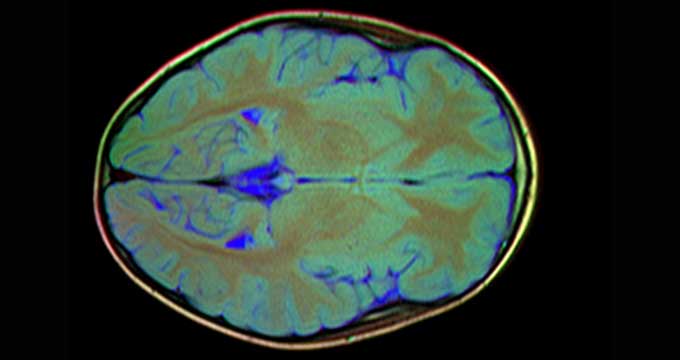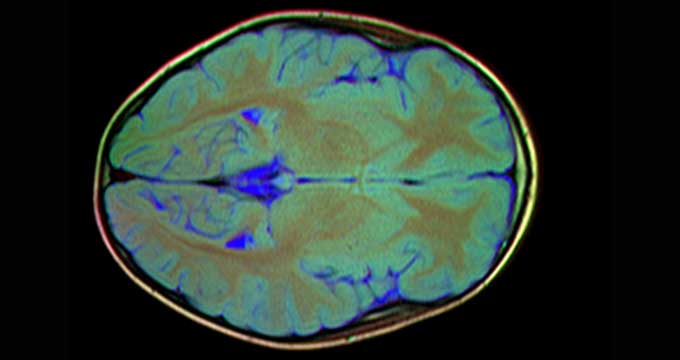A brain MRI (also known as a head MRI) allows a radiologist to examine not only the brain itself but also the bones of the skull, the optic and cranial nerves, the blood vessels connected to the brain, the muscles, fat, and connective tissue in the head, and the structures of the inner ear. As a result, a brain MRI can help identify a host of issues, including structural abnormalities, inflammation, masses, fluid leakage, or damage to nerve fibers. In this article, we’ll examine why your doctor might order a brain MRI, how it’s done, and what it can reveal.
![]()


Recent Comments